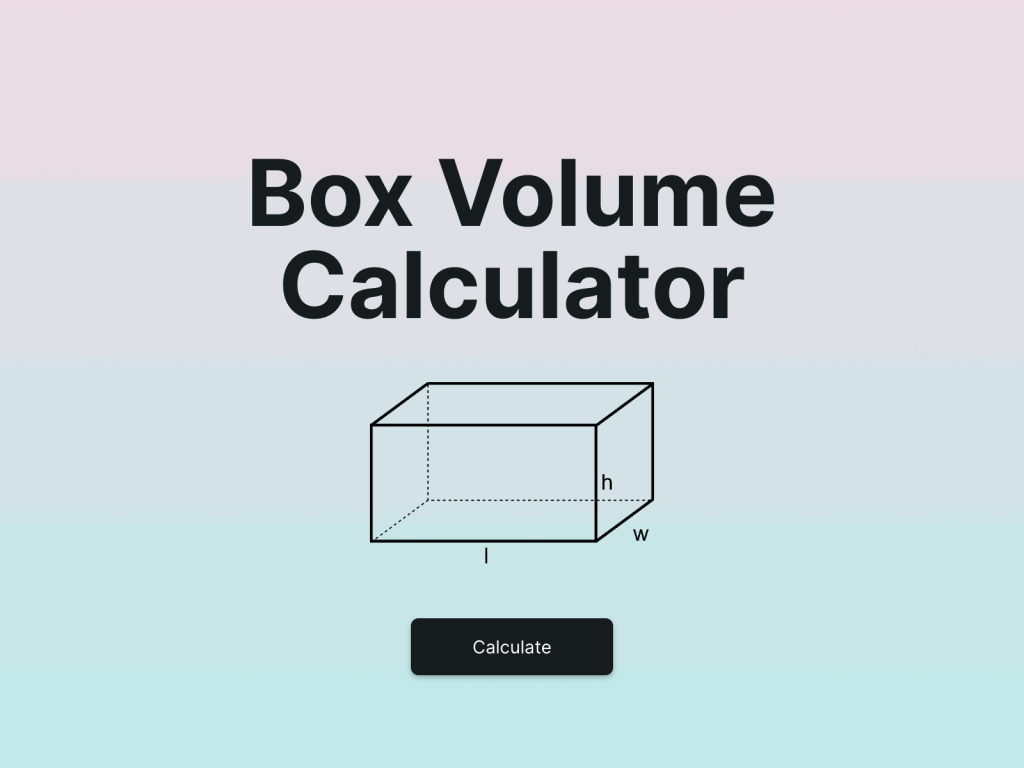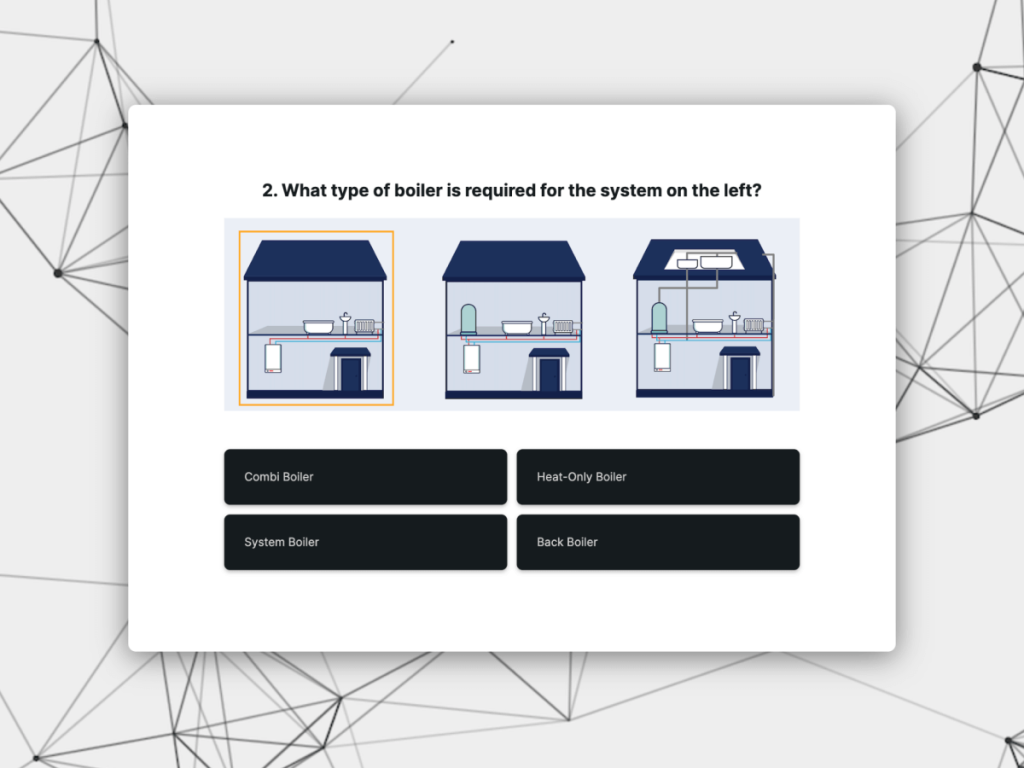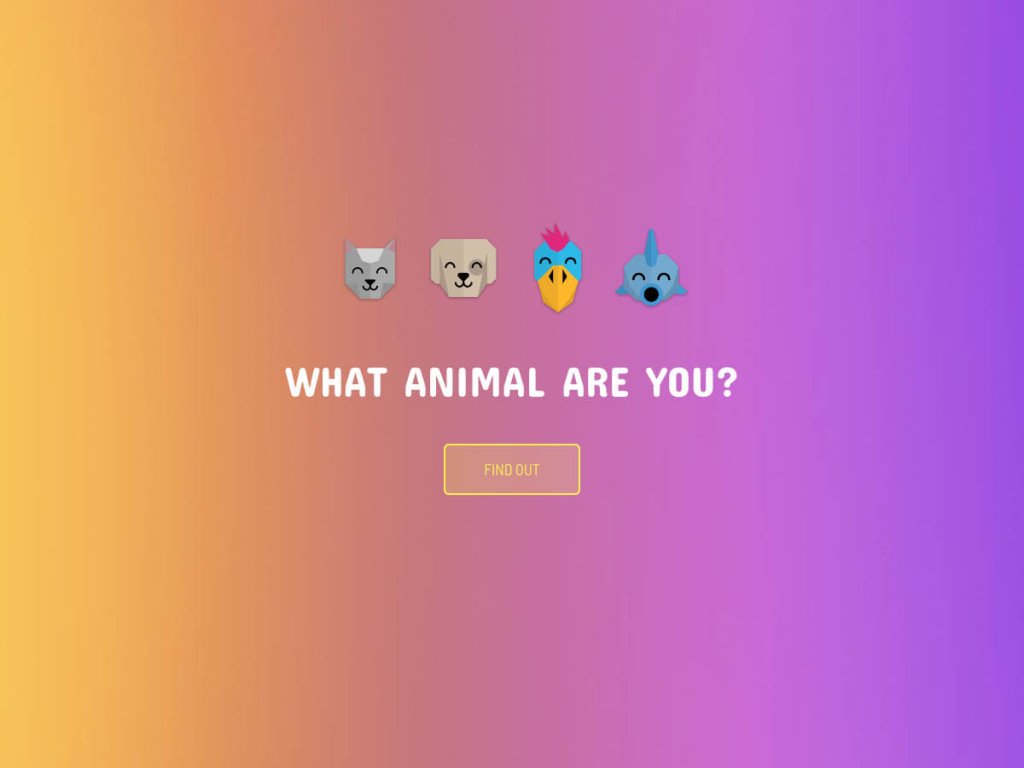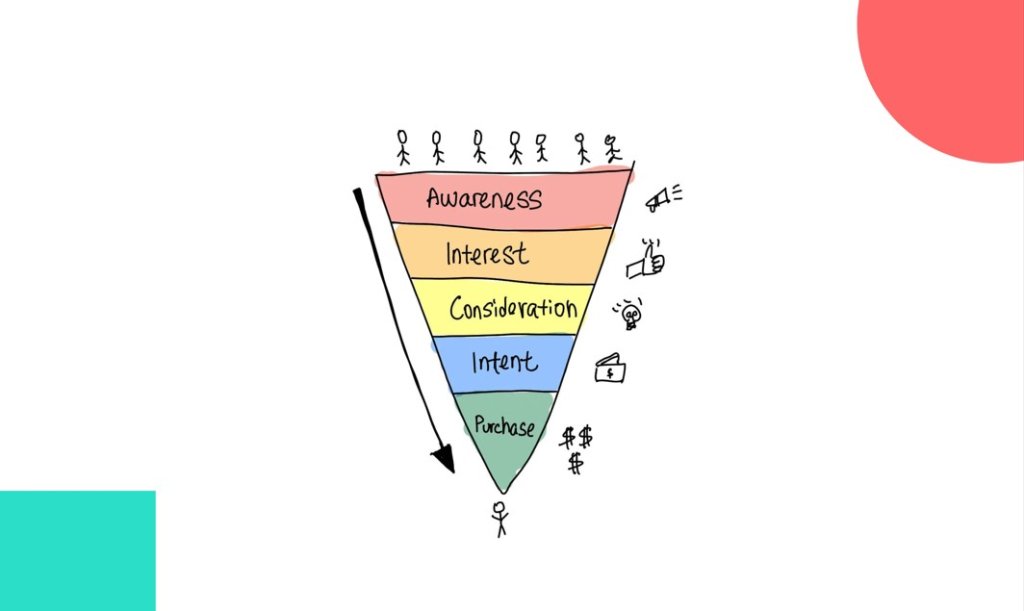Online shopping is making our lives easier and keeping the wheels of the ecommerce industry greased and running smoothly.
Yet, it’s not without its challenges. One of the biggest ones is that it lacks a sensory experience of the products you’re buying.
In brick-and-mortar stores, you can run your fingers over the fabrics, try on accessories, and take a whiff of your choice of fragrances. Those things aren’t possible online.
Luckily, innovators have developed a terrific solution: virtual and augmented reality in ecommerce - leading to better online shopping experiences. These applications are helping revolutionize our online customer experience by offering a thorough inspection of the products right from the comfort of our screen.
In this post, we’ll talk about how these applications work and how they can benefit you and the retail industry.
Virtual Vs. Augmented Reality: A Quick Overview
The terms virtual and augmented realities sound high-tech, like something out of a futuristic sci-fi movie. Yet, you’ve likely used them before, along with the millions of Americans who use these technologies regularly.
Yet, what do VR and AR mean exactly?
Virtual Reality
The idea behind VR is to eliminate the natural world around you and replace it with a ‘virtual’ world. That’s why you almost always have to wear a headset designed to cover the eyes. You must also wear earphones to drown out ambient noise and fully immerse yourself in your new reality.
VR applications can be coded to offer an artificially created world that ranges from the realistic to the downright bizarre. As such, its applications are geared more toward the gaming and entertainment industries. However, a few VR applications are made specifically for retail and ecommerce.
Augmented Reality
Augmented reality technology superimposes computer-generated 2D or 3D images, sounds, or texts onto your real-world view. This helps provide an improved, aka ‘augmented,’ version of your reality and gives you the illusion of ideal integration, thus enhancing what’s already there.
These virtual resources are delivered via an app on your smartphone or tablet. Then, the device produces interactive or static assets and overlays them with what’s being captured by the camera to create one seamless world.
Types of Applications
For most brands and online shoppers, AR shopping is a more accessible and usable technology. It doesn’t require all the hardware and safety protocols needed for virtual reality applications.
All AR needs is a smartphone and any of the specific AR apps available. This makes it much more straightforward and hassle-free to implement.
Nevertheless, both technologies are still in their infancy, and watching how fast they’ll grow and evolve in the years ahead will be interesting.
VR Applications
Here are some of the ways stores are making the most of VR:
1.Virtual Stores
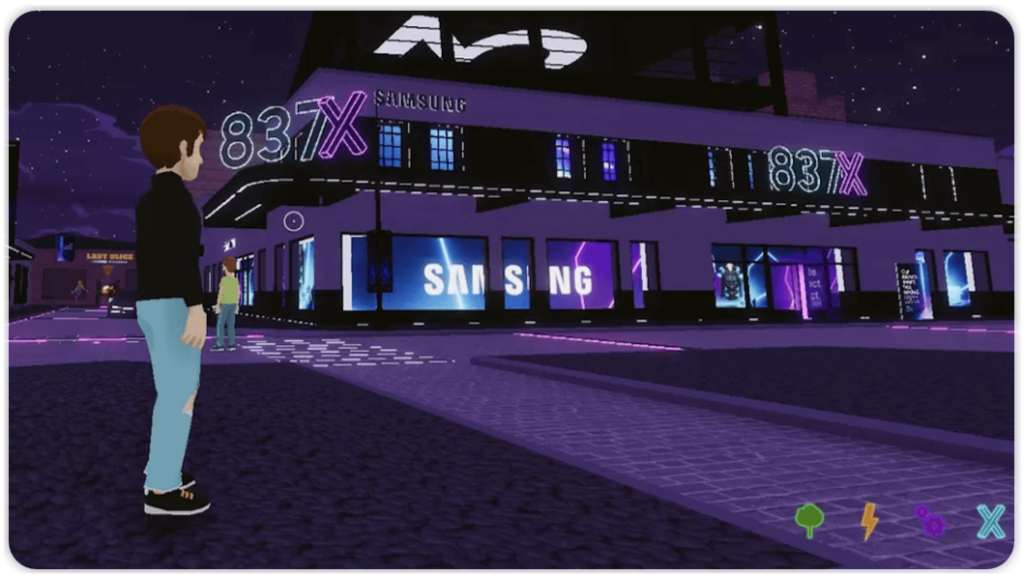
Through various VR apps, you can visit online stores, walk through the aisles, and browse through clothing racks just as you would in physical stores. You can also meet up with friends in the virtual world and go shopping together.
One example is Lowe’s Holoroom. Their use of VR provides customers with an immersive learning experience on performing a specific project or using a certain tool.
2.Virtual Try-Before-You-Buy
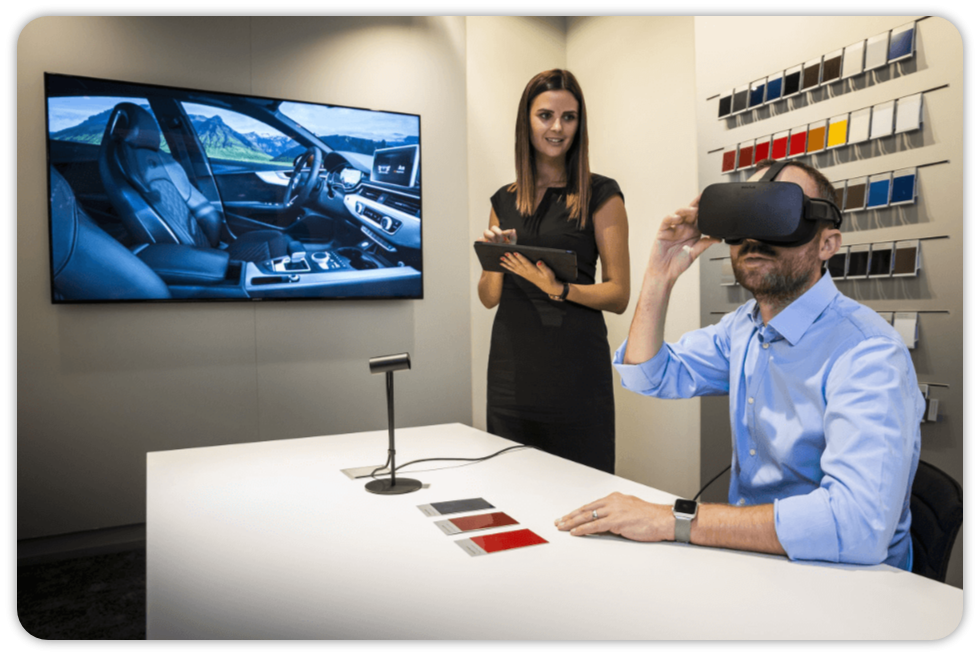
This application used to require you to use a VR headset in the brick-and-mortar store - although more and more applications are being built to bring this technology to your home. This can help customers see all the possibilities up close and personal, which can be helpful, especially for products with various configurations.
A viable example is when Audi used the Oculus Rift. The headset allows shoppers to see their dream car in 3D and customize different aspects as they see fit.
3.Unique In-Store Experience

Similar to Audi's idea, other stores are also utilizing VR to give their customers a memorable shopping experience.
One example is when The North Face launched a marketing campaign that provided shoppers with a VR visit to the great outdoors. It inspired people’s sense of adventure and made for an unforgettable trip to the store.
AR Applications
Below are the four most common AR applications:
1.Marker-Based AR
Marker-based AR is also known as Image Recognition AR. This is when the app detects an object, aka the ‘marker’ in front of the camera, then replaces it with a 3D representation. You can then view the object from any angle and get detailed information about it.
Examples include QR codes, digital business cards, and Burger King’s ‘Burn that Ad’ marketing campaign from a few years back.
2.Markerless AR
As the name suggests, this type of AR application doesn’t require a specific marker in the real world. You can easily place a virtual object anywhere, rotate it, and move it to get a better angle.
A famous example is the IKEA Place app, which allows shoppers to place items from the IKEA catalog to try in their homes. Sephora Virtual Artist is another innovative app enabling you to try different looks to decide on the make-up that best suits you.
3.Projection-Based AR
One type of markerless AR is projection-based. It’s a hologram-like application that projects artificial light on a physical source into the real world. In some cases, you can also interact with the image.
One example is holograms in sci-fi movies like Star Wars. Another example is Disney’s Haunted Mansion, where a ghost's talking face is projected onto a blank face.
4.Location-Based AR
This type of markerless AR relies on your geographical location to display various digital content at specific locations.
Two common examples are Google Maps Live View and Pokemon Go.
Benefits of Virtual and Augmented Reality in Ecommerce
Statistics show that over 77% of online shoppers abandon their carts before going through with their purchase. This clearly indicates that retailers need to do more to convince their customers to follow through with their online purchases.
This is where VR and AR technologies come in.
1.Creates Interactive Experience
With VR and AR technologies, you can see what you’re buying first-hand. It’s just like being in a brick-and-mortar store, but without putting in the time and effort to visit the physical store.
Love that piece of furniture or home decor? With VR and AR technology, you can bring the product to your home within seconds to see if it looks good.
The same applies to trying on clothes and accessories. You no longer have to wait in line for your turn in the dressing room, then go through the process of putting clothes on and off.
VR and AR technologies are bleeding edge - but capturing customer attention isn’t limited to using revolutionary technology. For example, you can also interleave customer quizzes or surveys to boost engagement.
Create Your Own Quiz
Start with a template code free
2.Builds Customer Trust
When you try on a dress or a pair of glasses, you experience the product first-hand. Thus, with an AR experience, you become more comfortable before making the purchase, helping you feel satisfied with your decision.
Plus, you don’t have to doubt the product's appearance. You get to see it in your surroundings before buying.
Knowing that what you’re buying meets your expectations makes the shopping experience a lot more enjoyable. It also reduces the workload on customer support personnel while boosting customer engagement.
3.Saves Time
Going from store to store to complete your shopping can be exhausting. It’s also extremely time-consuming.
Considering how time has become such a valuable commodity today, having a VR and AR integration allows us to get everything we need in nearly half the time.
It also adds convenience that we’re slowly growing accustomed to in this high-tech modern age. In a roundabout way, this translates into customer loyalty, which improves brand engagement.
4.Boosts Sales
From a retailer’s point of view, VR and AR are new outlets through which they can market and sell their products. They come with the added benefit of providing a personalized experience for each customer.
This creates a bond between the customer and the brand and paves the way for an improved, more satisfying shopping experience.
It also helps attract a broader target audience looking to interact with the product before buying. In fact, according to one survey, almost 80% of customers prefer using virtual and augmented reality experiences to get a detailed view of the item before making their final decision.
5. Reduces Returns
We all know how difficult returns can be. With VR and AR technologies, that’s no longer a problem. According to one study, VR and AR have increased online conversion rates by nearly 30%.
Not only does this immersive shopping experience boost sales and increase customer engagement, but it also reduces return rates.
The reason is that they allow customers to try on several versions of a product before buying it. Hence, they feel more confident purchasing the one that best suits them.
Summary
Some products can be challenging to shop for online.
For starters, it can be a challenge trying to determine what they’ll look like in real life versus on your screen. Another reason is figuring out how you’ll look in a certain piece of clothing or accessory is not easy.
Although artificial intelligence has been all the rage recently, there’s still a massive amount of value to be unlocked behind virtual and augmented reality in ecommerce. Now that you know this technology's various applications and benefits, you can try it out for yourself.
This way, you’ll experience first-hand whether it can enhance your online shopping experience if you’re a customer or drive up sales if you’re a retailer. So, it’s a win-win!

